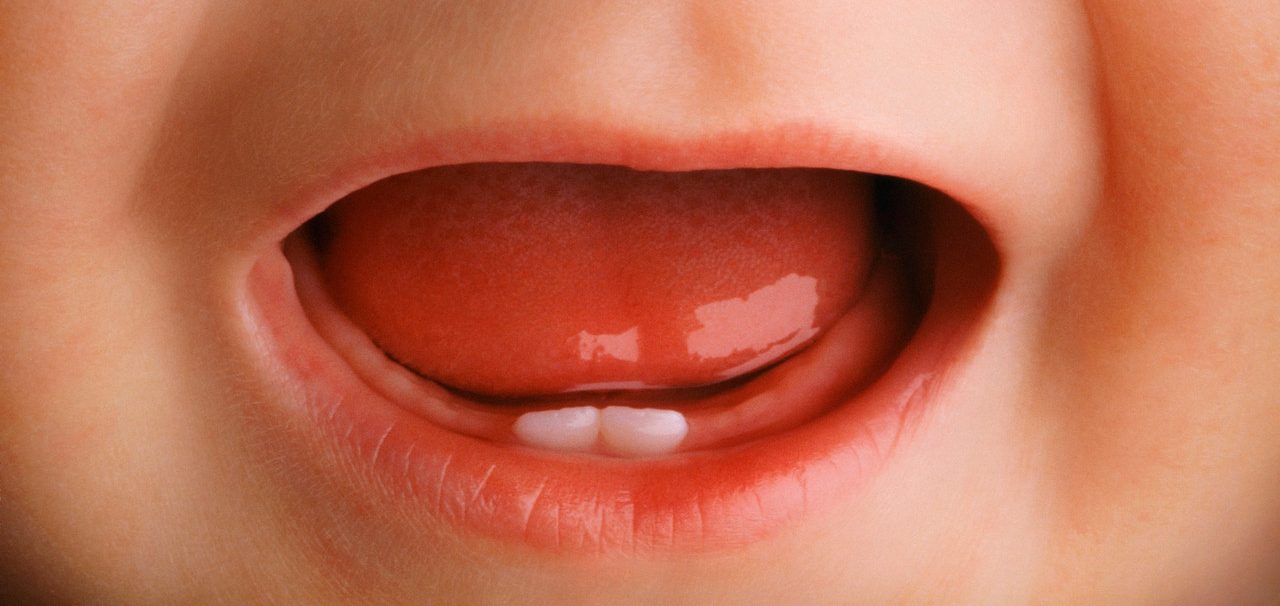Should You Save Your Baby Child’s Teeth?

Baby teeth, wisdom teeth, and extracted teeth can provide a rich source of cells that could treat your child’s future illness, particularly type 1 diabetes.
Teeth contain the seeds of health — stem cells.
Stem cells can evolve into other kinds of cells your body may need. In stem cell research, often called regenerative research, the goal is to find ways to use that ability to replace or redirect cells, tissues, and organs. We now use stem cells from bone marrow or umbilical cord blood to treat leukemia and other blood-related diseases.
Teeth, in particular, contain mesenchymal stem cells, which are popular in stem cell research because they can evolve into bone, cartilage, and muscle, and possibly even brain tissue. They are used now to re-grow jaw bone and treat periodontal (gum) disease. It’s possible that dental stem cells will eventually help treat type 1 diabetes, glaucoma, spinal cord injury, skeletal bone loss, muscular dystrophy, heart attacks and stroke, and Parkinson’s disease and Alzheimer’s disease.
YOU MIGHT ALSO LIKE: Should You Get Dental Sealants for Your Kids?
Do any of those diseases run in your family? Banking your children’s teeth stem cells may give them options as treatment evolves. In early research, scientists have developed cells important for producing insulin from baby teeth, a first step towards a future when your son’s baby teeth could help cure him of type 1 diabetes. In rats treated with dental stem cells after a heart attack, scientists found improvements in heart function.
You might think that if your children get sick years from now, they can get stem cells in their own current teeth. According to The Tooth Bank, in Brownsburg, Ind., stem cells fade over the years, and teeth from young children are most useful. Matching donations from others may not be available.
You’ll be banking teeth as a form of insurance. The Tooth Bank claims that stem cells stored for 22 years are just as viable as new ones.
Most kids lose all their baby teeth by the age of 12, which gives you time to decide. However, you can’t just keep teeth in a drawer or even a freezer. You’ll need to enroll in a tooth bank, receive a special kit, and take a child with a loose tooth to the dentist, who will remove it. You or your dentist can ship it in the kit to a lab. There the stem cells inside will be removed and then frozen and stored.
You can do the same with wisdom teeth or healthy molar teeth extracted for orthodontic reasons. A tooth removed because of a cavity can work if the nerve is viable, but isn’t ideal.
The cost for preserving a tooth and storing it for 20 years starts at about $1,500, which insurers do not cover. Some providers charge much more. You can also pay year by year for storage.
Whether that’s a good way to spend your money isn’t clear; studies on tooth banks have not been rigorous, occurring mostly on animals. The record on storing umbilical cord blood, as well, is mixed. Stored cord blood has been helpful for minorities whose blood is hard to match. But cord blood banked for use by relatives is very rarely used, and the chances are tiny that it ever will be, according to Steven Joffe, MD, MPH, a professor of medical ethics at the University of Pennsylvania Perelman School of Medicine.
Talk to your doctor about the disease risk in your family, and consider whether banking teeth will give you peace of mind.
YOU MIGHT ALSO LIKE: How to Prevent Early Childhood Cavities
Updated:
February 27, 2020
Reviewed By:
Janet O’Dell, RN